10 Ways Funders Can Address Generative AI Now
Stanford Social Innovation Review
SEPTEMBER 28, 2023
Most obviously, funders working in specific issue areas—climate, health, education, or in my case, democracy—can work to support efforts downstream to prepare government and civil society in their respective sectors to take advantage of the opportunities and mitigate the risks of AI on their specific areas of concern.

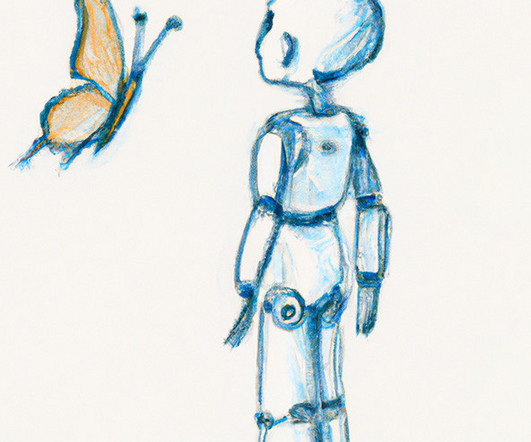
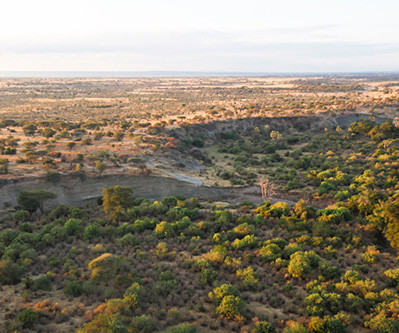

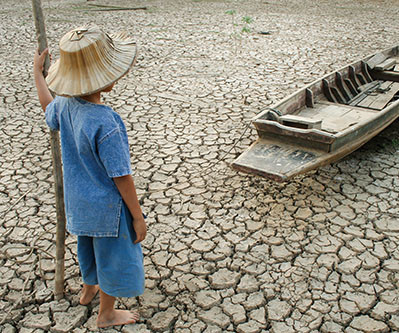
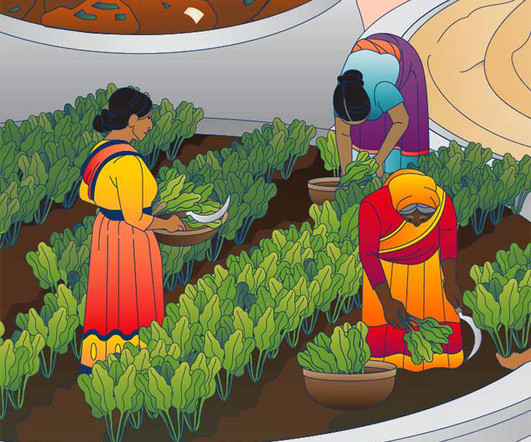
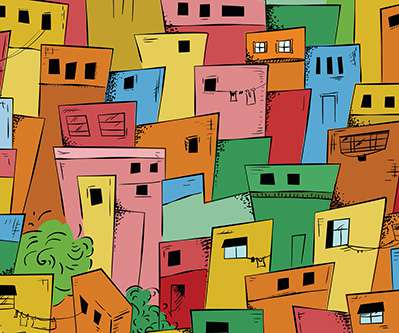
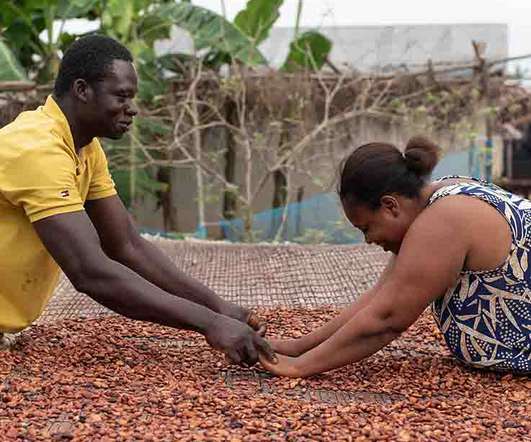



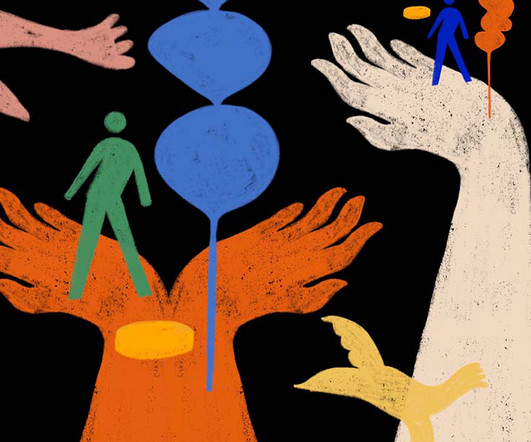









Let's personalize your content